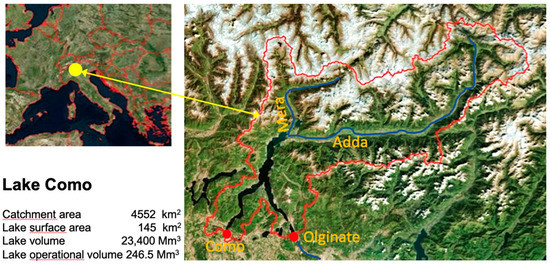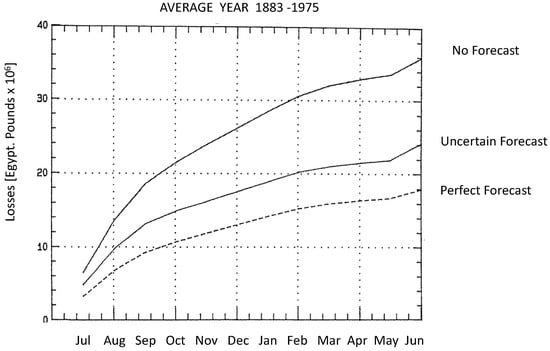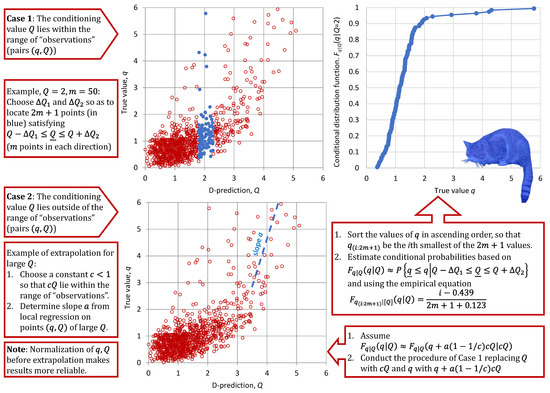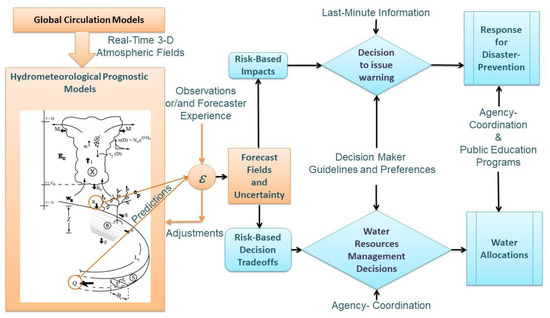Feature Papers of Hydrology
A topical collection in Hydrology (ISSN 2306-5338).
Viewed by 35305Editors
Interests: hydrological modeling; real-time flood forecasting; predictive uncertainty assessment; Kalman filters; Bayesian statistics and decision; water resources management
Special Issues, Collections and Topics in MDPI journals
Interests: watershed management; catchment processes; agricultural water management erosion; best management practices; groundwater quality; vadose zone transport; preferential flow
Special Issues, Collections and Topics in MDPI journals
Topical Collection Information
Dear Colleagues,
Journals dedicated to hydrology mainly publish papers dealing with scientific aspects of hydrological processes and water management. Rarely do manuscripts appear that involve the three basic actors concerned with hydrology: academicians, professionals, and decision-makers in governmental, regional, and local agencies implementing civil and environmental projects.
In this Topical Collection, we look forward to receiving contributions on water management and hydrological applications in a real-world setting with the ultimate goal of improving socioeconomic and eco-environmental benefits for the people that the project is serving. Primarily, in this Topical Collection, we would like to host experts’ views and opinion papers on improving hydrology research as well as decision-making processes by benefitting from the mutual interaction of academicians, professionals, and decision-makers and what must be done to understand each other better. Finally, we encourage the submission of manuscripts of professional hydrologists involved in the field and the operation sector describing their experience of cooperation with academicians and their views on how academic research, communication, and information exchanges can be improved.
Prof. Ezio Todini
Prof. Dr. Tammo Steenhuis
Collection Editors
Manuscript Submission Information
Manuscripts should be submitted online at www.mdpi.com by registering and logging in to this website. Once you are registered, click here to go to the submission form. Manuscripts can be submitted until the deadline. All submissions that pass pre-check are peer-reviewed. Accepted papers will be published continuously in the journal (as soon as accepted) and will be listed together on the collection website. Research articles, review articles as well as short communications are invited. For planned papers, a title and short abstract (about 100 words) can be sent to the Editorial Office for announcement on this website.
Submitted manuscripts should not have been published previously, nor be under consideration for publication elsewhere (except conference proceedings papers). All manuscripts are thoroughly refereed through a single-blind peer-review process. A guide for authors and other relevant information for submission of manuscripts is available on the Instructions for Authors page. Hydrology is an international peer-reviewed open access monthly journal published by MDPI.
Please visit the Instructions for Authors page before submitting a manuscript. The Article Processing Charge (APC) for publication in this open access journal is 1800 CHF (Swiss Francs). Submitted papers should be well formatted and use good English. Authors may use MDPI's English editing service prior to publication or during author revisions.
Keywords
- research and decision making in hydrology
- a common language
- a common understanding
- benefits from using scientific results in decision making
- benefits from hydrological practices in finding appropriate new research themes














